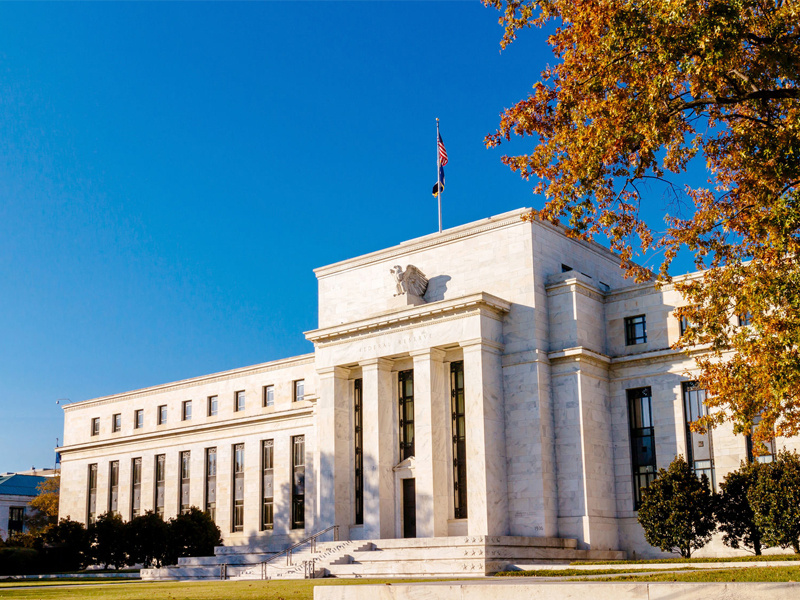
Federal Reserve Chairman Jerome Powell says the U.S. economy should keep expanding at a solid though somewhat slower pace this year. But he warns of growing risks, including a global slowdown, volatile financial markets and uncertainty about U.S. trade policy.
In delivering the Fed’s semi-annual monetary report to Congress, Powell says the Fed will be “patient” in determining when to boost its benchmark policy rate in light of the various “crosscurrents and conflicting signals.” He says the Fed’s rate decisions will be “data dependent” as the economic outlook evolves.
The Fed in December indicated it could hike rates two times this year. But many private economists believe the Fed will keep rates unchanged until late this year and may not hike at all.
Powell said that the economy grew at a strong pace last year, with employment and inflation remaining close to the Fed’s goals. He said it appeared that overall growth was slightly below 3% in 2018. The Fed expects 2019 growth to slow somewhat.
He said that while the 35-day partial government shutdown “created significant hardship for government workers and many others, the negative effects on the economy are expected to be fairly modest and to largely unwind over the next several months.”
Powell cited a number of factors that could slow growth have emerged in recent months.
“Financial markets became more volatile toward year-end, and financial conditions are now less supportive of growth than they were earlier last year,” Powell said.
He noted that growth has slowed in major foreign economies, including China and Europe, and “uncertainty is elevated” around major policy issues such as Brexit, Britain’s proposed exit from the European Union, and ongoing U.S. trade negotiations with various countries.
Powell’s testimony Tuesday before the Senate Banking Committee will be followed by testimony on Wednesday before the House Financial Services Committee.
Some private analysts are forecasting that the Fed’s next move could be a rate cut in 2020 as the central bank confronts a slowing economy.
At its last meeting in January, the Fed left rates unchanged at a level of 2.25% to 2.5% and signalled a major pivot away from steadily raising rates by declaring that it intended to be “patient” in determining when to move rates again.
In emailed commentary, CIBC chief economist Avery Shenfeld said Powell’s emphasis on the positive aspects of the U.S. economy confirmed a “slightly” hawkish tilt. Still, CIBC isn’t altering its view that the Fed will be on hold through the first half of 2019.
The Fed’s January decision triggered a big rally in stock prices as investors grew less concerned that the Fed could over-do its tightening cycle and push the country into a recession.
The Fed raised rates four times in 2018. Its December rate hike, along with a forecast of two more hikes in 2019, sent the market down sharply as investors worried that the central bank was in danger of over-doing its credit tightening and could end up sending the country into a recession.
As the stock market began tumbling last October, President Donald Trump increased his attacks on the central bank, calling the Fed’s rate hikes his biggest threat and saying that the central bank should not be raising rates at all because there was no threat of inflation.